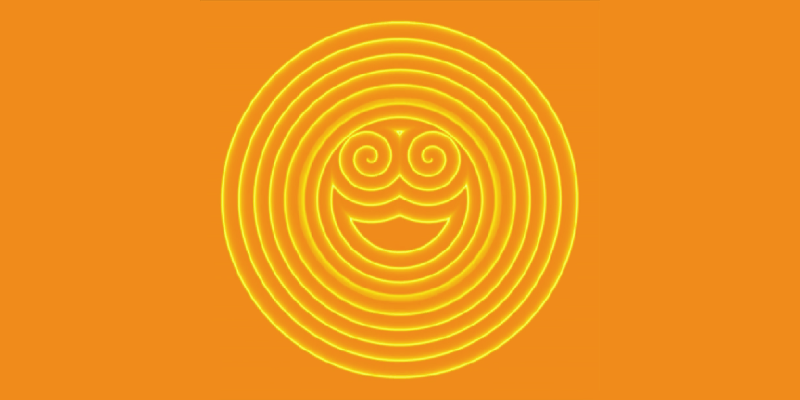Video—Mesmerizing Patterns in Chemical Waves
A thin layer of gel or liquid containing several reactants can support an oscillating chemical reaction that produces continuous spiral waves of alternating colors moving slowly across the medium. These chemical waves of the so-called Belousov-Zhabotinsky (BZ) reaction mimic the electrical waves that move across the heart and keep it beating, and they also resemble waves in other biological systems such as certain bacterial colonies. Now researchers have brought a new level of complexity to BZ reactions by combining multiple wave sources in a so-called threaded ring, or “thring,” configuration that produces a mesmerizing pattern of interacting waves. The team hopes ultimately to create interlocked rings and other more complex linkages in order to better understand wave interactions in this system.
A dust particle in the fluid or another imperfection can trigger spontaneous BZ reaction waves, which are concentric rings moving outward from the particle, but circular wave fronts perturbed by obstacles or by light can transform into spirals. Researchers can also control other aspects of the waves, for example, using a laser beam to produce a source of waves that is a line rather than a point. This control has led to a variety of patterns, including a scroll ring, which is a ring-shaped source emitting circular waves that propagate both inwardly and outwardly from the source.
Paul Sutcliffe and his colleagues at Durham University in the UK have expanded on the scroll ring pattern. For their experiment in a 1-mm-thick, 50-mm-diameter sample of gel, they developed a protocol involving carefully timed broad illumination and pinpoint laser illumination that generates a scroll ring with two line sources inside. The two 1-mm-long sources, which were parallel to one another but perpendicular to the ring, produced spiral waves in the plane of the gel. The combination of the three sources formed a psychedelic wave pattern that evoked a smiling face.
This research is published in Physical Review Letters.
–David Ehrenstein
David Ehrenstein is a Senior Editor for Physics Magazine.





